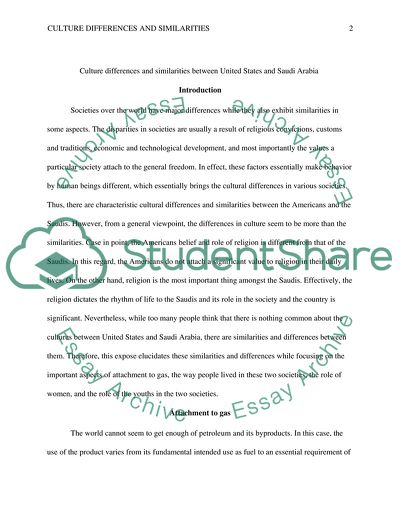Cite this document
(Cultural Differences and Similarities Between United States and Saudi Literature review, n.d.)
Cultural Differences and Similarities Between United States and Saudi Literature review. https://studentshare.org/culture/1763280-compare-and-contrast-the-cultures-between-united-states-and-saudi-arabia
Cultural Differences and Similarities Between United States and Saudi Literature review. https://studentshare.org/culture/1763280-compare-and-contrast-the-cultures-between-united-states-and-saudi-arabia
(Cultural Differences and Similarities Between United States and Saudi Literature Review)
Cultural Differences and Similarities Between United States and Saudi Literature Review. https://studentshare.org/culture/1763280-compare-and-contrast-the-cultures-between-united-states-and-saudi-arabia.
Cultural Differences and Similarities Between United States and Saudi Literature Review. https://studentshare.org/culture/1763280-compare-and-contrast-the-cultures-between-united-states-and-saudi-arabia.
“Cultural Differences and Similarities Between United States and Saudi Literature Review”. https://studentshare.org/culture/1763280-compare-and-contrast-the-cultures-between-united-states-and-saudi-arabia.


